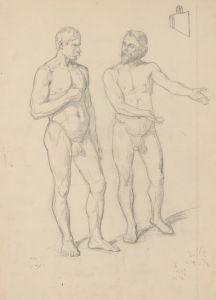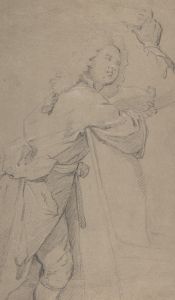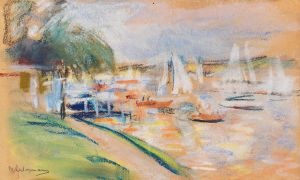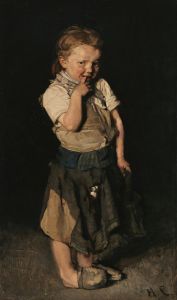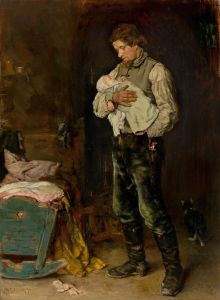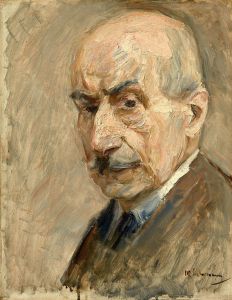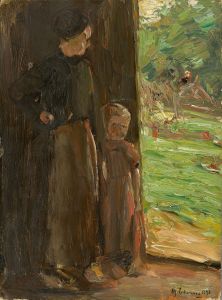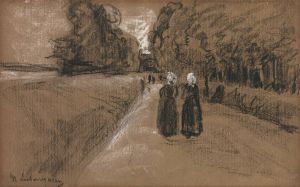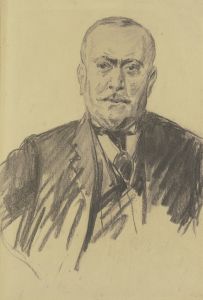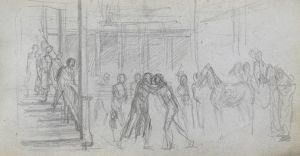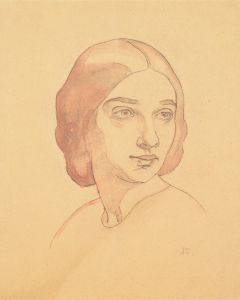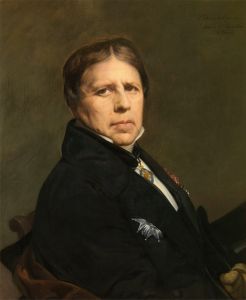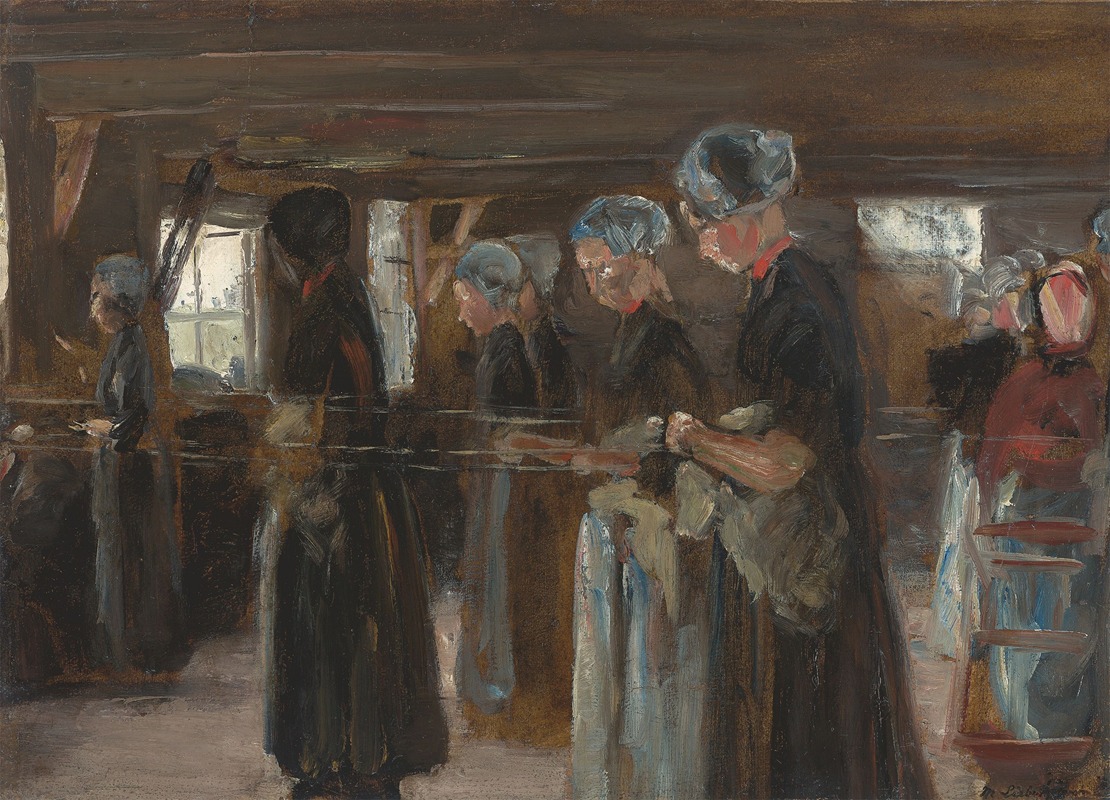
Kompositionsstudie zur ,Flachsscheuer in Laren
A hand-painted replica of Max Liebermann’s masterpiece Kompositionsstudie zur ,Flachsscheuer in Laren, meticulously crafted by professional artists to capture the true essence of the original. Each piece is created with museum-quality canvas and rare mineral pigments, carefully painted by experienced artists with delicate brushstrokes and rich, layered colors to perfectly recreate the texture of the original artwork. Unlike machine-printed reproductions, this hand-painted version brings the painting to life, infused with the artist’s emotions and skill in every stroke. Whether for personal collection or home decoration, it instantly elevates the artistic atmosphere of any space.
Max Liebermann, a prominent German painter and printmaker, was a leading figure in the Impressionist movement in Germany. His work, "Kompositionsstudie zur 'Flachsscheuer in Laren'," is a composition study for one of his notable paintings, "Flachsscheuer in Laren" (The Flax Barn in Laren). This study reflects Liebermann's interest in rural life and his dedication to capturing the essence of everyday activities with a focus on light and atmosphere.
Born in 1847 in Berlin, Liebermann was a key figure in the Berlin Secession, an art movement that sought to break away from the traditional academic standards of the time. His exposure to the works of the French Impressionists greatly influenced his style, leading him to adopt a more naturalistic approach to painting. Liebermann's travels to the Netherlands played a significant role in shaping his artistic vision. He was particularly inspired by the Dutch landscape and the simplicity of rural life, which became recurring themes in his work.
The village of Laren, located in the Netherlands, was a popular destination for artists in the late 19th and early 20th centuries. It was known for its picturesque landscapes and traditional way of life, which attracted many painters seeking to capture the idyllic rural scenes. Liebermann visited Laren several times, and it was during these visits that he created studies and paintings depicting the local environment and its inhabitants.
"Kompositionsstudie zur 'Flachsscheuer in Laren'" serves as a preparatory work for the final painting. Composition studies like this one were crucial for Liebermann as they allowed him to experiment with the arrangement of figures and the interplay of light and shadow before committing to the final canvas. This particular study likely helped him refine the composition and ensure that the final work conveyed the desired mood and atmosphere.
In the study, Liebermann's brushwork is loose and expressive, capturing the movement and energy of the scene. The focus on light is evident, with the play of sunlight and shadow creating a dynamic and lively composition. This attention to light is a hallmark of Liebermann's work, reflecting the influence of Impressionism and his desire to depict the natural world as he observed it.
Liebermann's depiction of rural life in Laren is not merely a romanticized vision of the countryside; it is a realistic portrayal of the daily activities and labor of the villagers. His interest in such themes can be seen as part of a broader trend among artists of the time who sought to document and celebrate the lives of ordinary people.
Throughout his career, Liebermann remained committed to exploring the nuances of light and atmosphere in his work. His studies and paintings of Laren are a testament to his skill as an artist and his ability to capture the beauty and simplicity of rural life. "Kompositionsstudie zur 'Flachsscheuer in Laren'" is an important piece within his oeuvre, illustrating his process and the careful consideration he gave to composition and form.
Max Liebermann's contributions to art extend beyond his paintings. As a leader of the Berlin Secession, he played a crucial role in promoting modern art in Germany and supporting fellow artists. His legacy is one of innovation and dedication to capturing the world with honesty and sensitivity.





